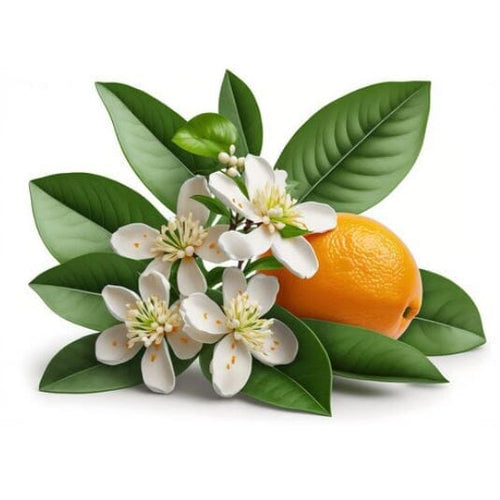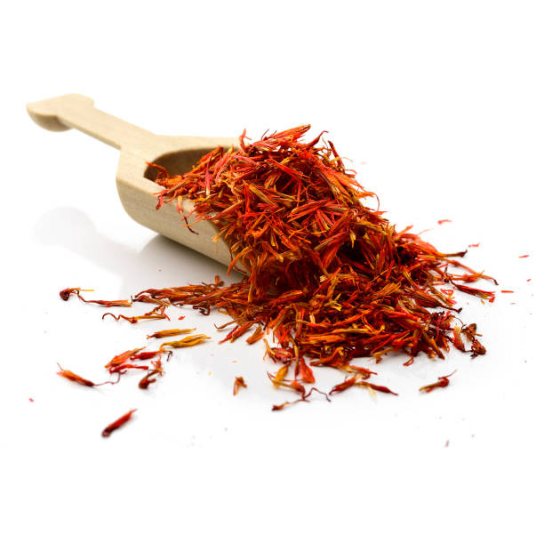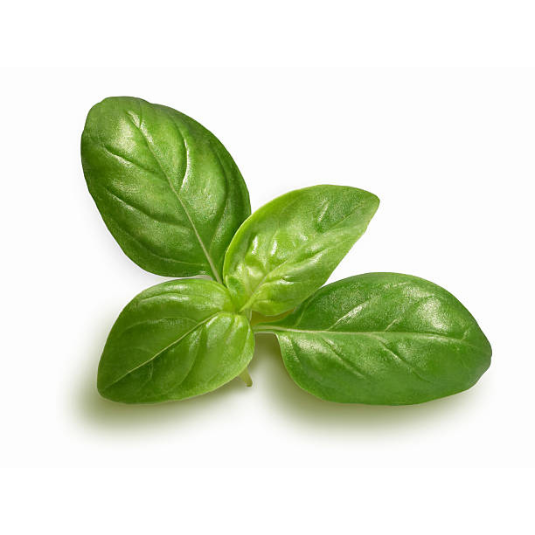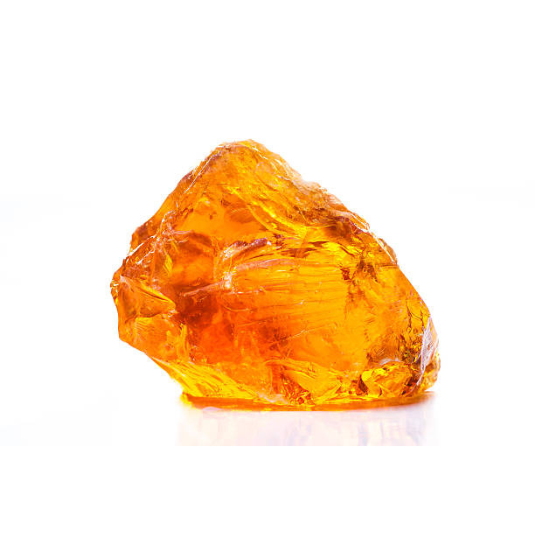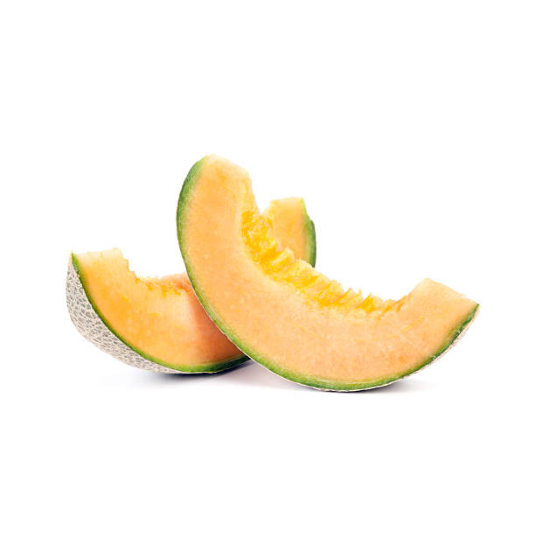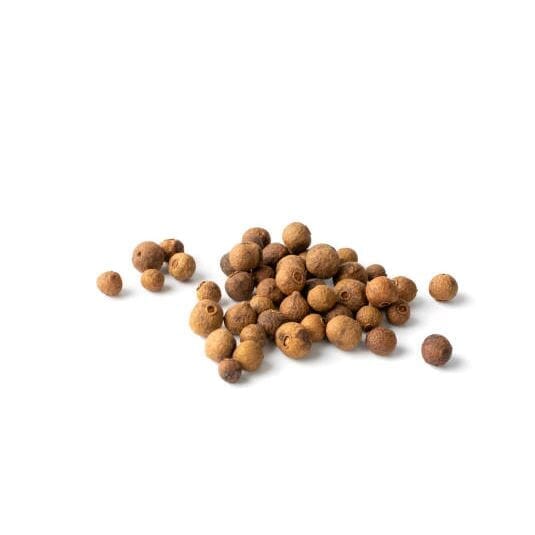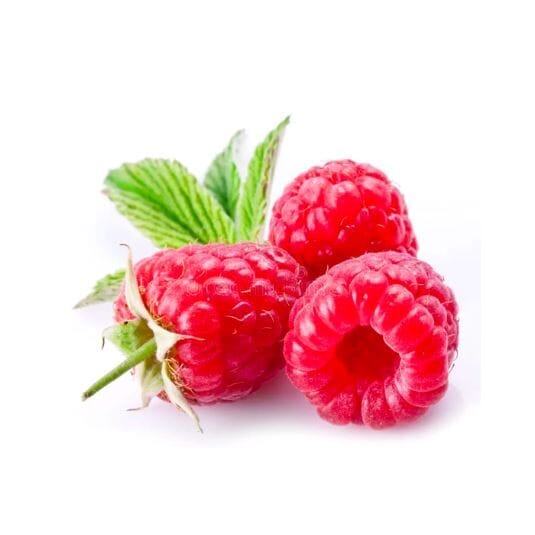Name and etymology of orange blossom
The name orange blossom comes from its distinctive appearance and scent. This white flower releases a delicious and delicate fragrance reminiscent of orange. The term "oranger" comes from the Latin "aurantium," meaning orange. Bitter orange blossom is also called "neroli," after the Italian princess Anne-Marie de la Tremoille, Countess of Nerola, a great lover of this scent. Legend has it that she perfumed her gloves and linens with orange blossom water, popularizing the use of this flower in perfumery.History of the orange blossom
Prized since ancient times for its sweet, honeyed fragrance, this flower has a rich history. It was the Arabs who introduced it to Europe in the Middle Ages, where it quickly became popular. In the 17th century, orange blossom was a favorite perfume of the French nobility. It was used to scent gloves, handkerchiefs, and even hair.In the 19th century, orange blossom became an important ingredient in the production of eau de cologne. This light and fresh eau de toilette was created by Italian perfumer Gian Paolo Feminis in 1709 and later popularized by his nephew Jean-Marie Farina. During this time, eau de cologne was a great success in Europe. It is still used today and is often associated with freshness and cleanliness.
Origin of orange blossom
Orange blossom comes from the bitter orange tree, a tree that grows primarily in the Mediterranean and Asia. The flowers are hand-picked in the spring when they are at their peak. The flower petals are then distilled to extract the essential oil, which is used in perfumes and cosmetics. Orange blossoms are also used in cooking, particularly to flavor cakes and jams.How to grow orange blossom
Orange blossom is cultivated using specific techniques to ensure its quality and aroma. Orange trees are often grown in sunny, warm regions where the temperature varies little throughout the year. The trees are pruned regularly to ensure abundant flowering and maximum flower production. These are harvested manually to avoid damaging the petals and are then hand-sorted to select only the best. The petals are then distilled to extract the essential oil, which is then used in the manufacture of perfumes and skin care products. Orange blossom cultivation is an important activity for many regions around the world, and the know-how is passed down from generation to generation. The orange blossom has thus become a symbol of the expertise of these producers, respected worldwide for their contribution to the perfume and cosmetics industries.Orange blossom producing regions
Orange blossom is mainly produced in the Mediterranean regions of the world, notably in Spain, Tunisia, Morocco and Egypt.• In Spain, the city of Seville is particularly famous for its bitter oranges, which are used in the production of orange blossom water.
• In Tunisia, the city of Nabeul is known for its production of orange blossom, intended for various uses such as the manufacture of perfumes, cosmetics and culinary products.
• In Morocco, the city of Marrakech is also renowned for its production of orange blossom, which is used in the manufacture of traditional cosmetic products such as black soap and rose water.
• Finally, in Egypt, the production of the city of Fayoum is mainly intended for the manufacture of perfumes and culinary products such as orange blossom tea.
Planting the orange blossom
Orange blossom planting is a demanding activity that requires great attention and constant care. The flowers must be handpicked to perfection to preserve their aroma and quality. The plantations must be irrigated regularly and protected from pests to ensure healthy flower growth. The flowers are usually harvested in spring and distilled immediately to preserve their delicate aroma and freshness.The orange blossom harvest
Orange blossom harvesting generally takes place between April and May, when the flowers are at their peak. Growers use careful picking techniques to ensure the quality of the harvest and avoid damaging the delicate blossoms. They are then quickly processed to extract the pure essence of the flower, which will be used in the manufacture of various products.The development of orange blossom
The development of orange blossom has enriched the perfume, cosmetics, and gastronomy industries with a precious and refined ingredient. Orange blossom perfume, in particular, is prized for its sweet and intoxicating floral scent, evoking the beauty of nature and serenity of mind. With its delicate nuance and versatility, orange blossom has become a popular choice for beauty and wellness products, as well as desserts and beverages.Processing and transformation of orange blossom
Orange blossom is a precious ingredient that requires careful processing to ensure its quality and purity. After picking, the flowers are quickly transported to a processing facility where they are processed to extract their pure essence.Additionally, the orange itself also plays an important role in the production of orange blossom perfumes. Bitter oranges, also known as Seville oranges, are often used to produce orange blossom essence because their peel contains essential oils rich in citrus aromas. The oranges are peeled by hand to avoid contamination of the essential oils, then their peel is dried and crushed to extract the essential oil. The branches and twigs of the bitter orange tree are used to produce petitgrain essence.
Aromatic profile of orange blossom
Depending on the treatment chosen, we obtain different aromatic profiles:
• Neroli essential oil, obtained by distillation, has an airy scent with sometimes lavender and floral accents. It is regularly found in the top notes where it provides a very fresh start.
• Extraction with volatile solvents allows for the recovery of more odorous materials, which gives orange blossom absolute more intense and animal notes.
• Petitgrain essence gives an equally fresh and floral fragrance but has greener accents.
In addition to its delicate floral essential oil, orange blossom contains a significant amount of citrus essential oil from the orange, which is often used to add a touch of energy and liveliness to perfume.
The stages of making orange blossom
The production of orange blossom and orange perfume follows a meticulous process to ensure the quality and precision of the fragrance. First, the essential oils are extracted from the orange blossoms and peel through distillation or cold extraction . Then, the various essential oils are blended with other ingredients such as alcohols, fixatives, and diluents to create a balanced and complex fragrance.The benefits and virtues of orange blossom
Orange blossom is not only valued for its sweet, floral fragrance, but also for its many health benefits. This delicate flower has been used for centuries in traditional medicine for its soothing and relaxing properties. It is also rich in antioxidants and vitamin C, making it an excellent ingredient for protecting the skin from free radicals and stimulating collagen production. In addition to its antioxidant properties, orange blossom is also known for its anti-inflammatory and antispasmodic properties. It can therefore be used to relieve menstrual pain, muscle spasms, headaches, and joint pain. Additionally, orange blossom is an excellent natural remedy for calming the nerves and helping with insomnia and anxiety.Uses of orange blossom
Orange blossom is a valuable ingredient in the perfume and cosmetics industry. It is frequently used in women's perfumes for its sweet and elegant scent. It is also used in lotions , creams , body care products, and soaps for its soothing and moisturizing properties.The different uses of orange blossom
The various uses of this flower are numerous and varied, and its health benefits are well-established. It is therefore important to pay attention to the quality and origin of your products, always choosing brands recognized for their expertise and commitment to ethical and responsible production.Use of orange blossom in perfumery
Orange blossom is a precious ingredient in perfumery, used for centuries to create sweet and delicate fragrances. The floral notes of orange blossom absolute are often combined with fruity or spicy notes, creating a scent that is both fresh and sensual. Orange blossom is also used as a middle note in many perfumes, adding depth and roundness to the composition. However, orange blossom should be used sparingly, as its scent is very powerful.Olfactory accords with orange blossom
As a key ingredient in perfumery, orange blossom blends perfectly with a variety of other olfactory notes. To create a soft and romantic floral scent , orange blossom can be combined with rose, jasmine, and nightshade. For a fruitier scent , it can be blended with citrus notes such as mandarin and bergamot. For a spicier and more sensual composition, it can be combined with notes of vanilla, cinnamon, or musk. Orange blossom is also a common ingredient in oriental perfumes , where it is combined with notes of precious woods, sandalwood, and spices such as saffron and chili pepper, to create rich, warm scents, perfect for the colder months.Famous orange blossom perfumes
There are a variety of orange blossom fragrances on the market that have earned their stripes:
• One of the best-selling fragrances is Tom Ford's famous Neroli Portofino. Inspired by the Italian Riviera, this unisex eau de parfum combines neroli with Italian citrus fruits (bergamot, mandarin) and lavender.
• Morocco also inspired L'Artisan Parfumeur to develop the Histoire d'Oranger eau de parfum. A fragrance combining the fresh breath of orange blossom and neroli with the powdery, almondy warmth of tonka bean. The brand also offers La Chasse aux Papillons in an eau de toilette and orange blossom eau de parfum version with fresher floral accents.
• In the fresh floral section, we also find Prada's Orange Blossom Infusion: a fragrance blending jasmine, orange blossom and mandarin.
• Maison Goutal also offers a delicious fresh floral fragrance with Eau d'Hadrien: a combination of citrus fruits (lemon, grapefruit and citron), orange blossom, basil and a woody note of cypress. The brand also revisits orange blossom in a powdery version with its unisex Neroli cologne, evoking a Greek memory.
• Orange blossom is also available in a solar version, as in Courrèges' La Fille de L'Air eau de parfum. Inviting freedom, this fragrance is composed of orange blossom, neroli, and white musk.
• Serge Lutens Fleur d'Oranger Eau de Toilette offers a fragrance that highlights orange blossom in its composition. It is a delicate and captivating scent that captures the floral essence of orange blossom with a sensual touch. The top notes of this fragrance include orange blossom and bergamot, while the middle notes reveal accords of jasmine, tuberose, and neroli.
• Lancôme's La Vie Est Belle eau de toilette is a women's perfume that has been a great success with its notes of orange blossom, jasmine and pink pepper.
Bon Parfumeur Orange Blossom Perfumes
Orange blossom is an essential ingredient in the Bon Parfumeur workshop since it is the centerpiece of our bestseller:
• Eau de parfum cologne 001. Enhanced with citrus notes of bergamot and petitgrain, it embodies timeless cologne. A must-have fragrance that we all love for its comforting softness and unique elegance.
Orange blossom is also found in Eau de Parfum 002 , but this time in its fresher, more airy neroli version. In this floral variation, the perfumer has structured the fragrance around a bouquet of white flowers composed of neroli and jasmine, accompanied by comfortable base notes of white musk.
• Orange blossom also comes in a 100% unisex woody version. Eau de parfum 003 is a very good example. Neroli is used here as the heart note. It pairs wonderfully with the citrus notes of yuzu and the woody base of vetiver.
• If you want a more woody fragrance, choose eau de parfum 602 which will seduce you with its combination of neroli, patchouli and vetiver.
Orange blossom fragrances are a great option for a mixed gift. So don't hesitate to create your own perfume set with the different options we've presented. A perfect gift for lovers of this delicate scent!



